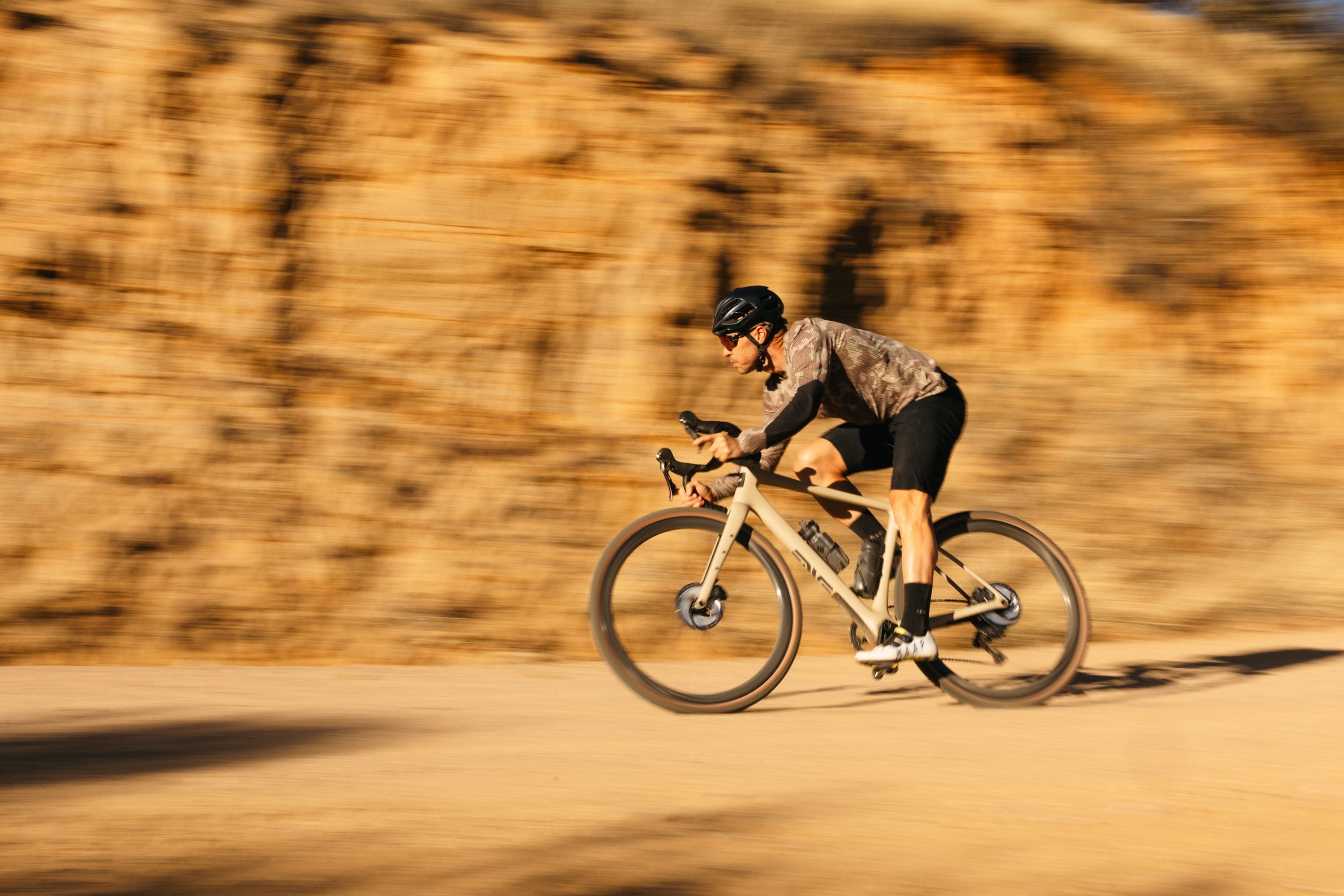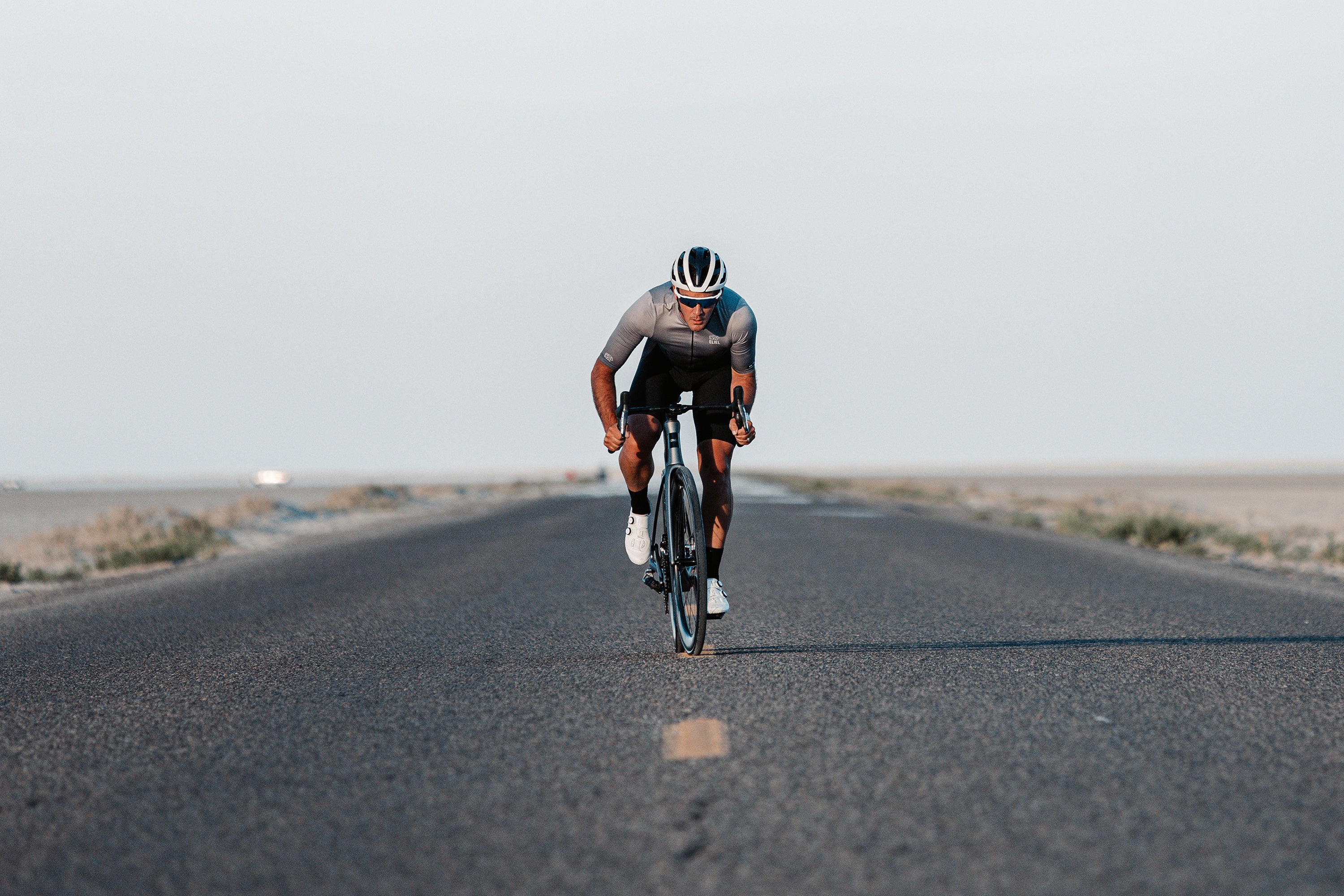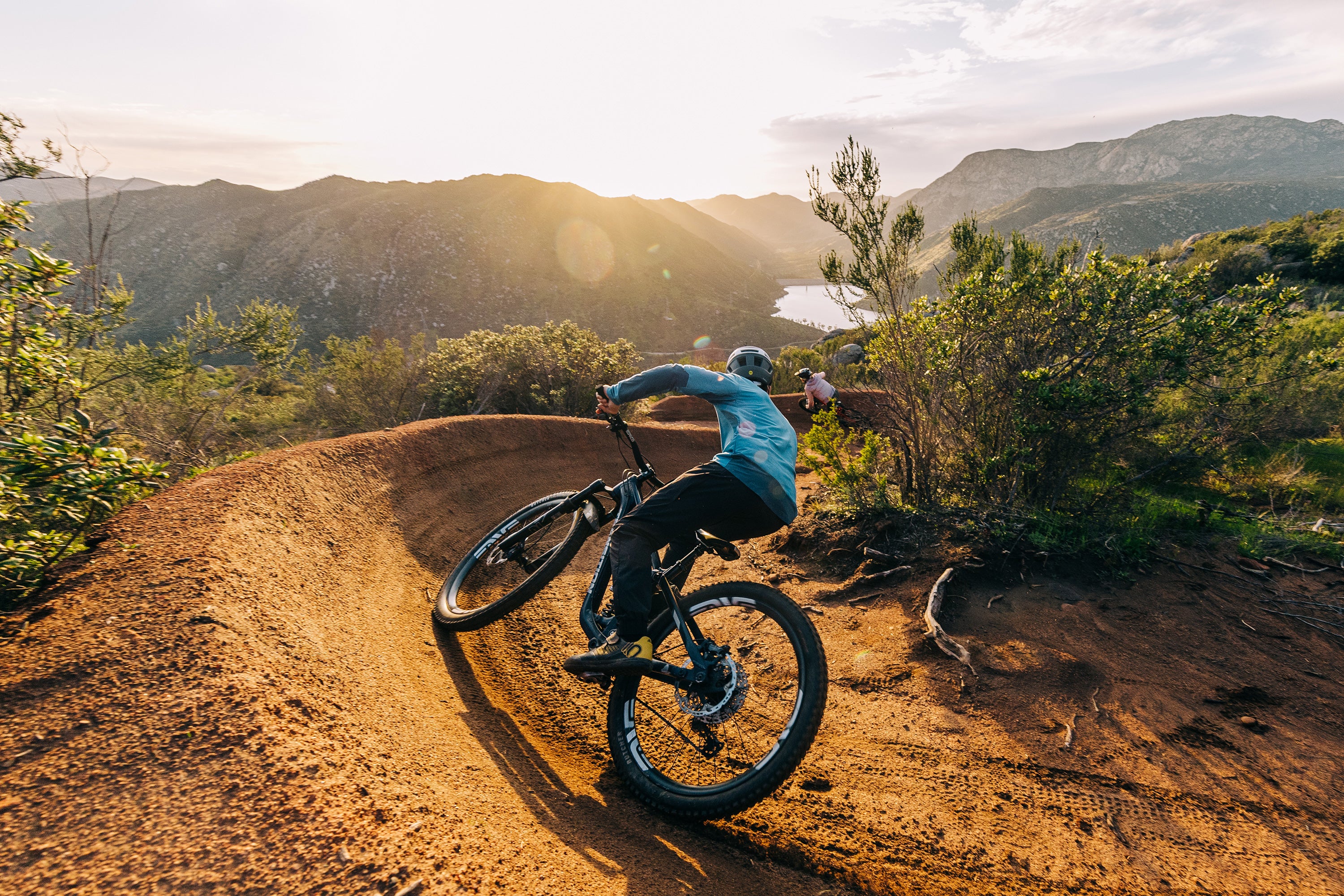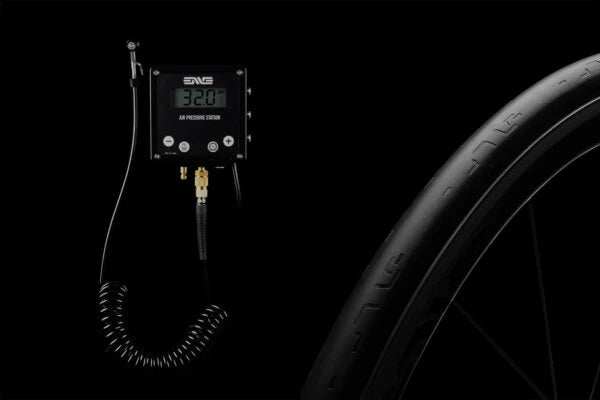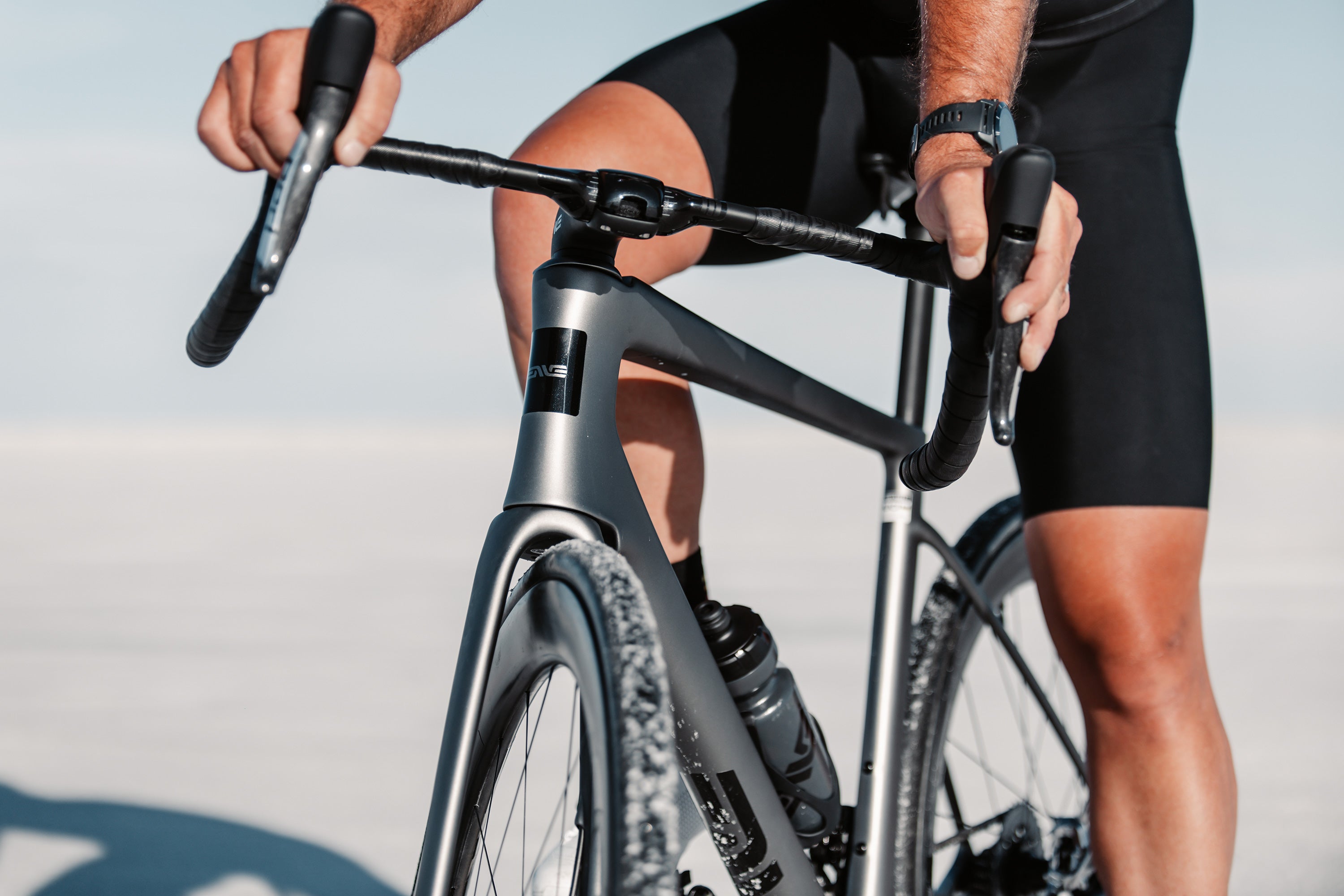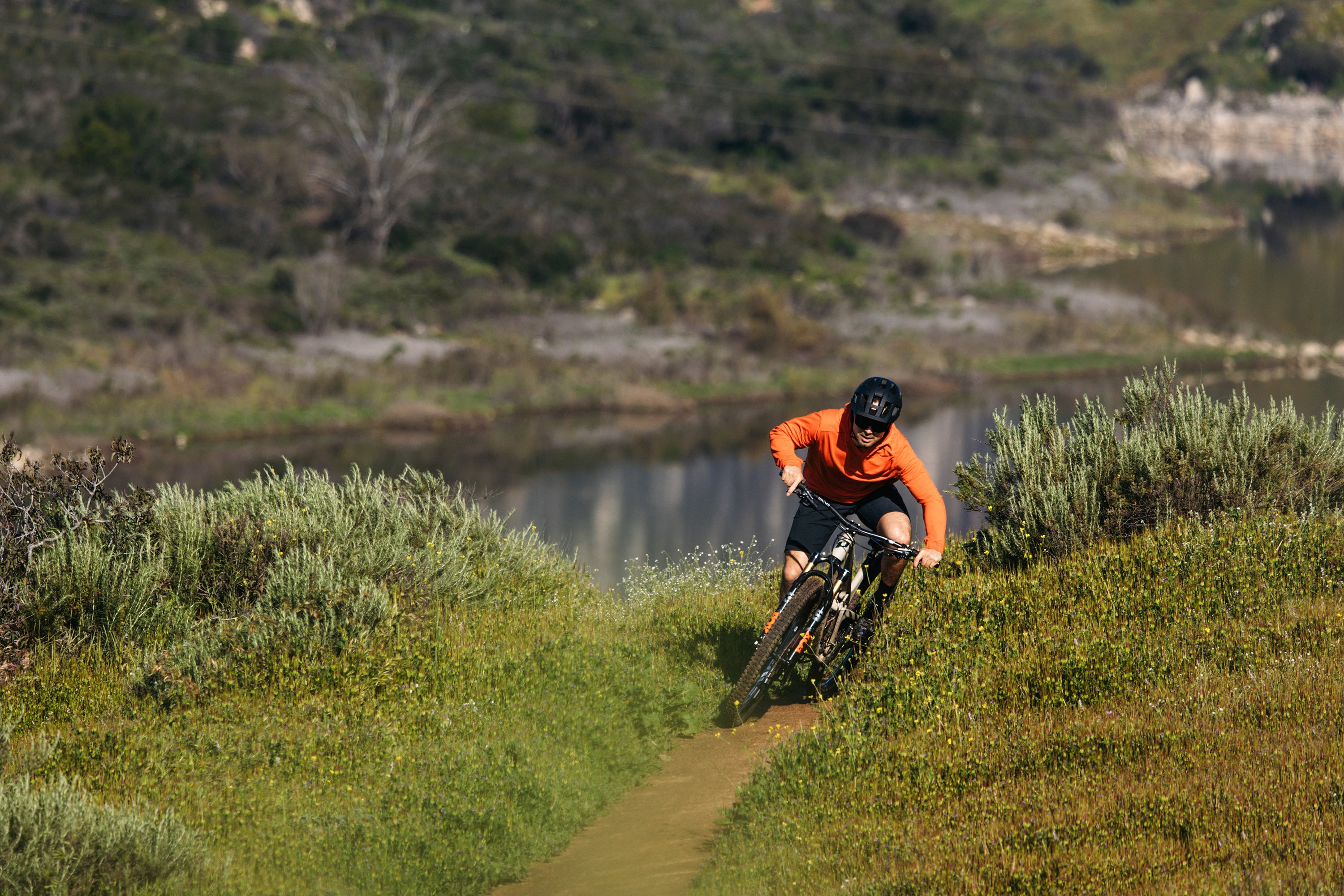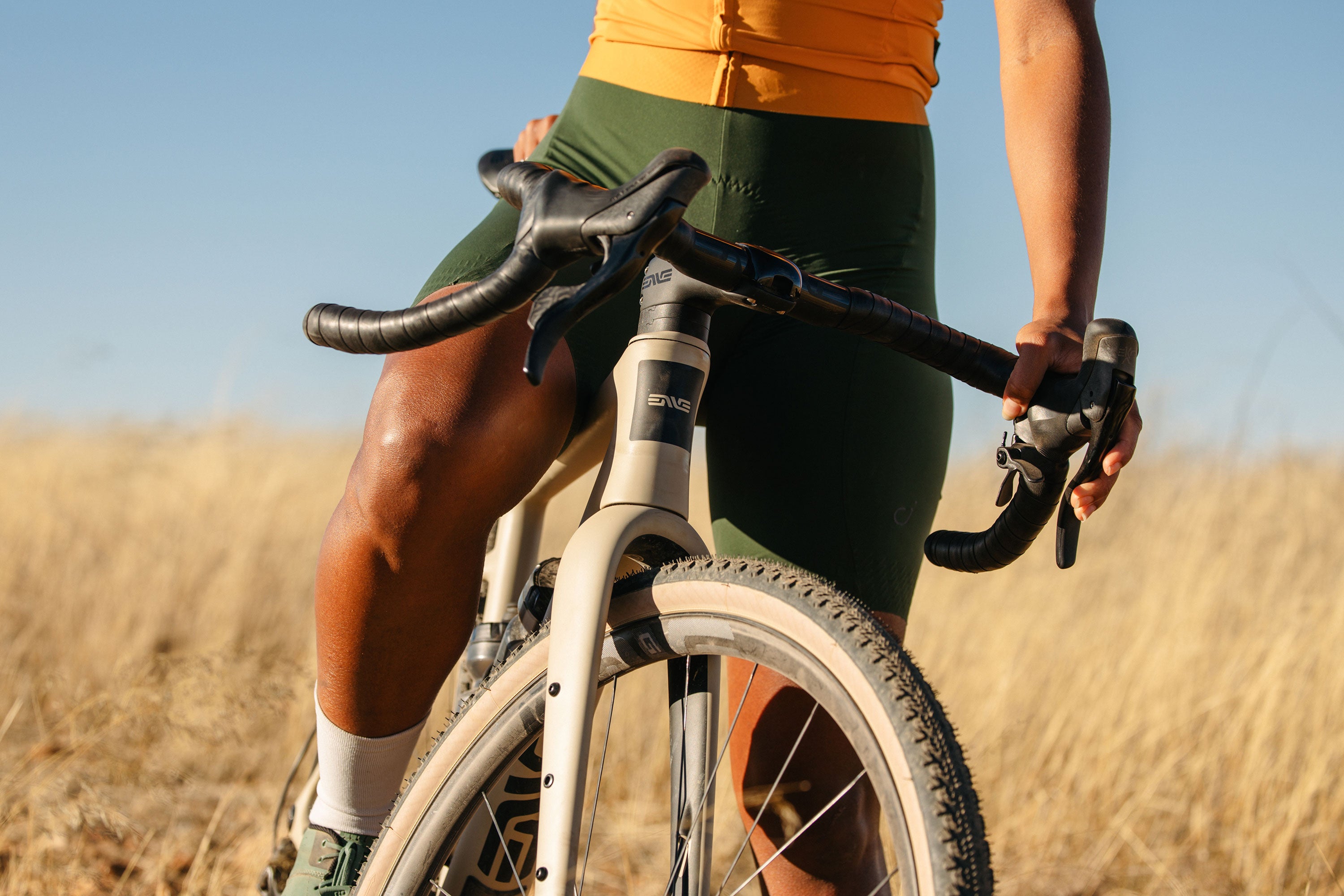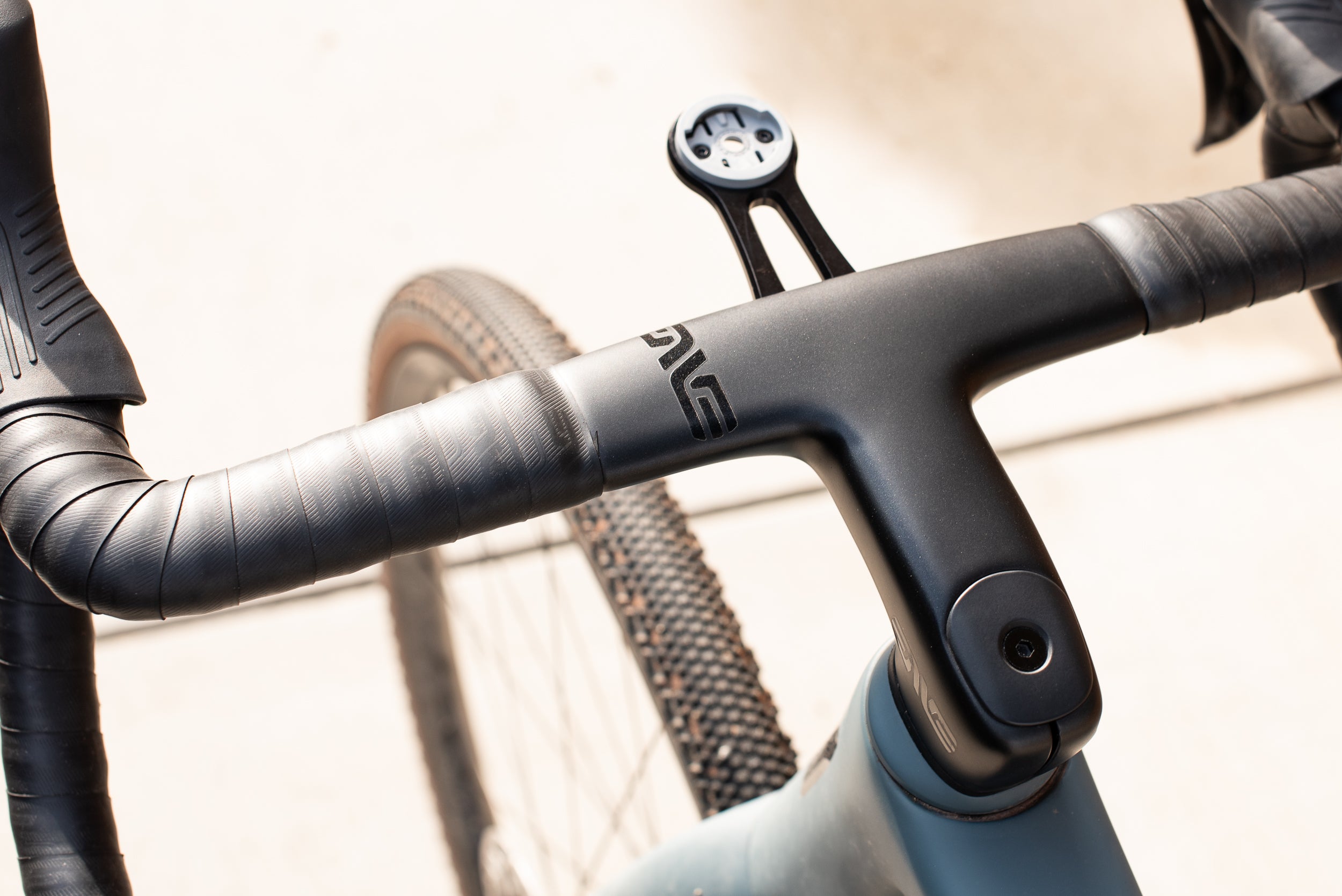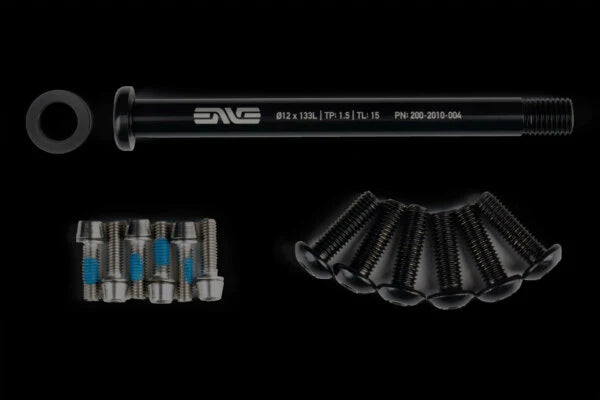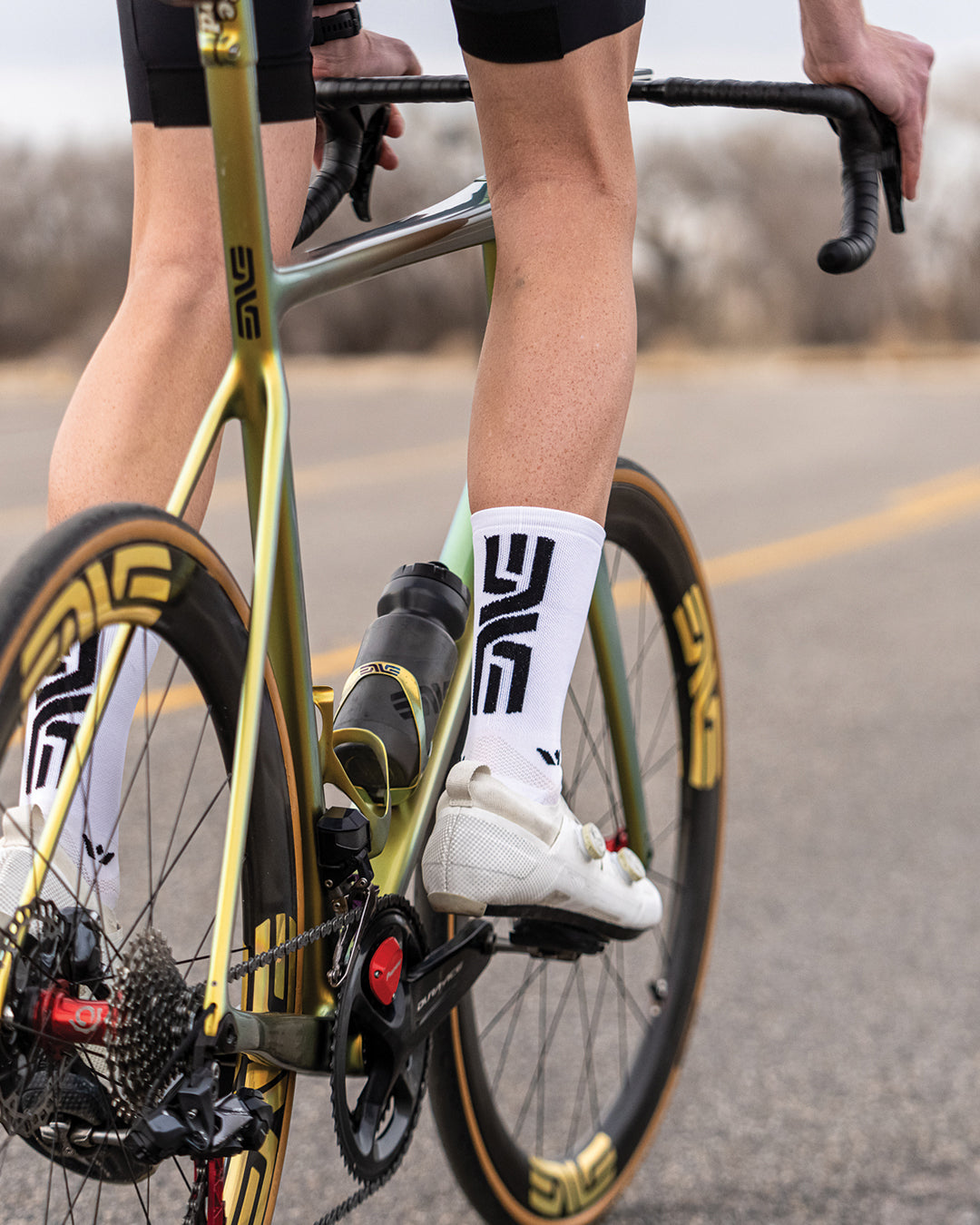BLIND TESTING DOWNHILL WHEELS WITH THE BEST TEAM IN THE WORLD
What does it take to make the fastest downhill riders in the world faster? We’d say it’s a balance of two things. One, getting rider feedback, which includes things like ride feel, confidence, noise, and “dynamism”. Two is cold hard data.
Earlier this year we joined the Commencal/Muc-Off by Riding Addition team at a test camp to gather feedback and data. The team’s record speaks for itself: multiple World Championships, World Cup overall wins, and overall team victories. They’re truly the best of the best. So before loading up, we wanted to plan the best possible test session we could for the limited time we would have with the riders. How could we think outside the box?
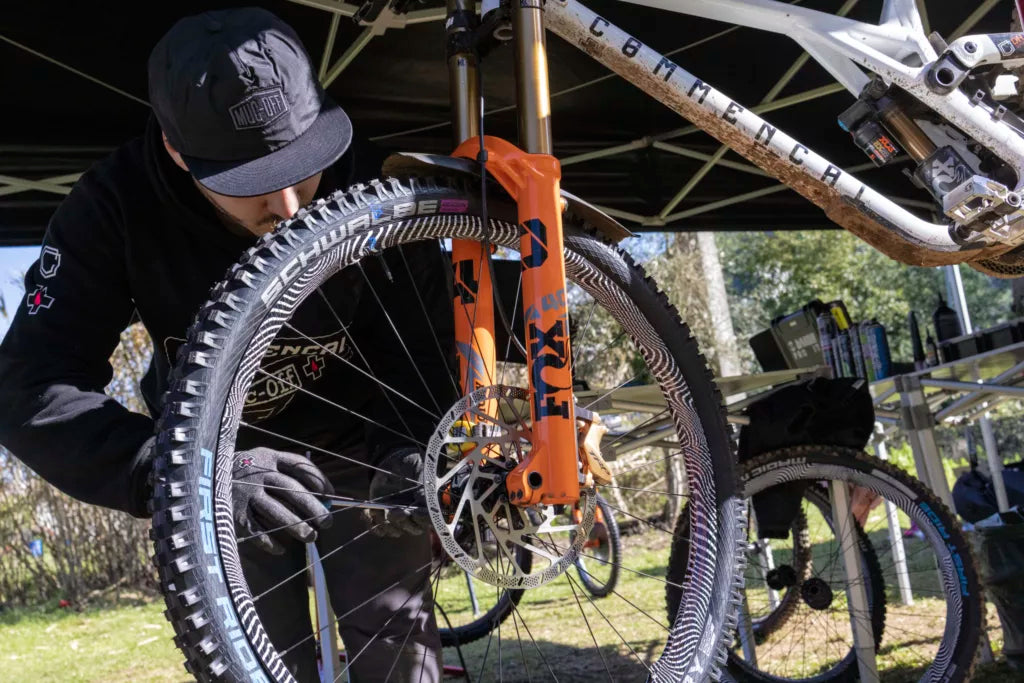
How it Started
Leading up to this camp, we had been in a 3-year long development project with the team to create the ideal wheel for them. How did it start? After riding the stock M930 wheelset for one year, and winning the overall in the World Cup, Amaury Pierron said, “I like the wheels, but they could be faster.” When the best in the world tells you that, you should probably listen.
From there we went to a completely clean slate, throwing out any preconceived notions about what makes a mountain wheel great. We started with the ride characteristics that Amaury liked, or more importantly, what would make him fastest. It set us down a trail that led to a lot of changes. And when we say a lot, we mean it. To date since that conversation, we have experimented with 3 distinct and unique rim profiles, used at least 6 material types, cut 11 molds and made 50+ layup changes. Many of these have overlapped, creating a huge number of variations.



With each iteration, we’ve come closer to the needs of the team. We made big progress in 2021, and more in 2022. Not without difficulties and setbacks of course. But we learned and gathered data and found what we needed to do better. Now 2023 is the year when are aiming to have it all come together into the wheel that does what the team needs to do.
The Camp Plan
That leads us back to the camp. We came up with a plan: test nine front wheel prototypes (the main focus of the camp) and five rear wheels (the secondary focus). The issue was that each rider naturally had preconceptions about what they like in a rim based on the testing they had done. We wanted to make sure that wouldn’t skew the data. So we took a que from the auto world and created camouflaging decals that would cover the rims and make them indistinguishable from each other. That meant different depths, widths, shapes, rim strips, and even brands would be impossible to distinguish. Yes, we included competitor rims in the test.






Rider feedback
We took two riders per day and had them take laps on each front rim. They used the same bike, same tires, same tire pressure, changing only the front rim for each test. They would do two laps with the rim, and then we would assist them in swapping to the next. They were labeled with single letters, which were changed each day. After two laps, we had each rider fill out a spreadsheet with about a dozen different categories of feedback. They rated each category from 1 – 5 and added written notes about each when applicable.
The notes between each rim were incredibly useful.
Thibaut Daprela:

- “Good grip in turns, agile, but less supple feeling than rim D. But on frontal impact it doesn’t hit so hard. Comfortable.”
- “Uncomfortable, hand pain but a lot of dynamism.”
- “Good grip in berms, supple feeling. Easy to put the bike where I want.”
Myriam Nicole:

- “I feel the vertical impact a little bit stronger than on the previous run (Does it come from the fatigue, the run before lunch?) Anyway the bike was easier to move. In an off camber I had to brake little (error on my part?)”
- “The setup makes me feel more safe compared to the previous one. It feels more comfortable, more playful, so generally the feeling of the run is more agreeable.”
The next day we swapped the letters on the rims and went again with Amaury and junior Hugo Marini.
Amaury Pierron:

- “Good precision. The bike is easy to place. But once the track is rough the bike hits and loose the grip”
- “Same feeling. Nothing really popped out compared to the previous run. Some grip loss especially when braking on the angle.”
- “I’d like to believe in the A wheel and push in that direction. And push to go further.“
Hugo Marini:

- “It confirms the first run, but it bends almost too much during firm pushes. Small understeer due to the suppleness I think. I’m not used to this kind of behavior, this dynamism.”
- “That hits a lot in the arms and the hands during braking. No suppleness but there is grip”
- “Completely different from the morning run. Really close to the B wheel with which I had a good feeling. It loses grip faster than the B but less than the C.”
After the first day of riding, we presented the data to the group over dinner. The riders were surprised to learn we had included competitors’ wheels in the exercise. They were relieved to see that their data was consistent between riders. We looked at the rim models and data together, and picked which ones we’d like to pursue and which we’d like to move on from. We also learned more about what factors were creating the different characteristics, whether shape, spoke count, layup, or otherwise.
So what do our engineers do from here? How does this impact the next rims we make for the team, and the product for the consumer?

NExt Steps – foR the team
First, we’ll make more of what the team liked to confirm the positive results in further testing and riding. We may have only had one or two of the sample rims in the test, so they’ll need more for the whole team and the other test riders to get on and try.
Often we’ll need to refine the samples, as the initial test prototypes are typically rough around the edges cosmetically.
We may need to cut a new mold if the rim was very experimental. For example, if we drilled more or less spoke holes in a rim than it was designed for, we may need to cut a mold for the same rim but with the new spoke count.

Next Steps – foR THE CONSUMER
We’ll need to confirm the changes the team liked in our own ride testing. This starts with employees and internal testers, and then will go out to other athletes. ENVE’s Dark6 program structures this testing and feedback.
Often the changes to prototypes require a lot of time and process to execute. Whether this be a different layup, material or otherwise. We will have to find a way to get the same result while being mass producible.
We also need to look at the bigger picture across the product line, and see if this feedback applies to other wheels and projects. Maybe the attributes in the downhill wheels are applicable to cross country or enduro. We can make changes to these other products and use athletes and internal testers to confirm the changes.
To Make A Better Wheel
To be honest, all of these things make it harder to make a wheel. It’s a massive undertaking of time and resources to work with the best in the world. But the key benefits we find are what give us a competitive advantage in the market. The ride feel and strength of earlier generations of M Series wheels was directly influenced by the Santa Cruz Syndicate team and the bikes of the time. ENVE’s patented Protective Rim Strip comes from team development as well. The next generation will no doubt be largely influenced by the Commencal team telling us what it takes to be the best.
Look for the new rims on the team bikes this year in the World Cup.

